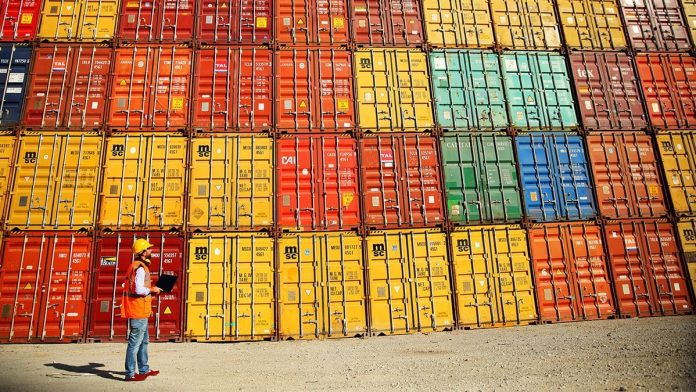Cellular low-power wide-area (LPWA) networks running on LTE-M and NB-IoT technologies will account for three-quarters of the installed base of asset trackers in 2023, according to new research.
These will displace non-cellular LPWA solutions, mostly based on LoRa and Sigfox, as the principle connectivity technologies in asset tracking during the next five years.
The total market for low-cost, battery-powered tracker devices will reach 500 million in the period to 2023, reckons ABI Research. The combination of cellular LPWA networks and horizontal platforms will drive wider adoption of internet-of-things (IoT) trackers in the supply chain.
Asset tracking will see continued growth with logistics firms handling dry containers, and major new growth among tool and heavy equipment rental firms.
Adarsh Krishnan, principal analyst at ABI Research, said: “Simple low-cost LPWA enabled asset tracking solutions will transform the supply chain and logistics industry the way smart meters are transforming the energy and water distribution industry.”
The market for asset tracking solutions has been driven by non-cellular LPWA solutions, mostly running on LoRa and Sigfox. Adoption among logistics companies has been strong, driven by the life-sciences and healthcare industries, governed by strict handling regulations, especially around secure transportation of sensitive and high-value biomedical assets.
Logistics companies display continuing interest in tracking of refrigerator containers, and gathering interest in monitoring dry containers, which comprise 90 per cent of all containers.
ABI Research said asset tracking solutions will have the most impact on tool and heavy equipment rental companies with over 45 per cent penetration of rental inventory by 2023.
LTE-M will be more successful in IoT applications that require more continuous tracking capabilities with a low-latency threshold, whereas NB-IoT will address use cases that require periodic tracking of assets across multiple regions due to its energy efficiency and lower cost, said ABI Research.
Krishnan said more value will be realised through the integration of artificial intelligence (AI) and blockchain technologies.“AI will provide valuable insights from analysis of the location data gathered by the asset tracker, and blockchain will allow for decentralised control and provide greater transparency across supply chain processes,” he said.

